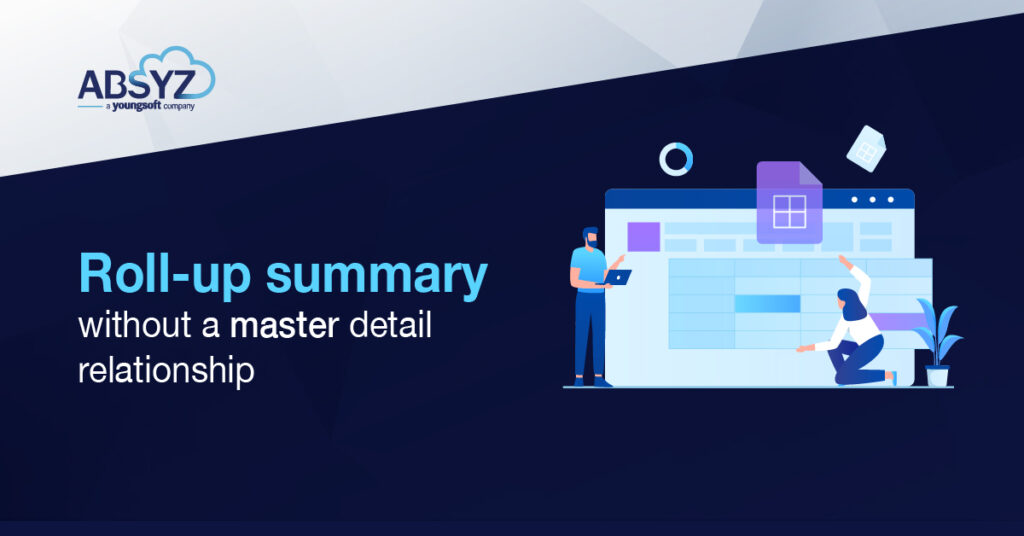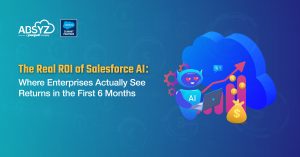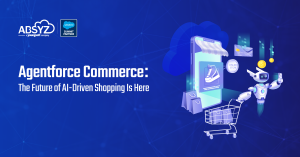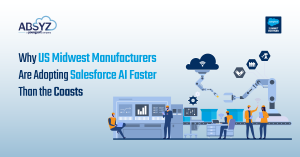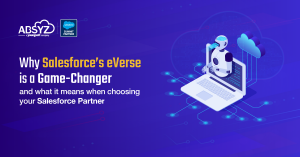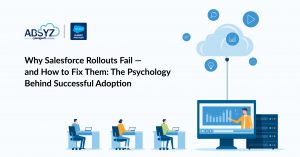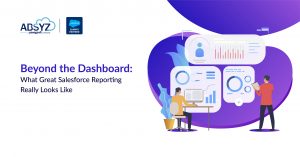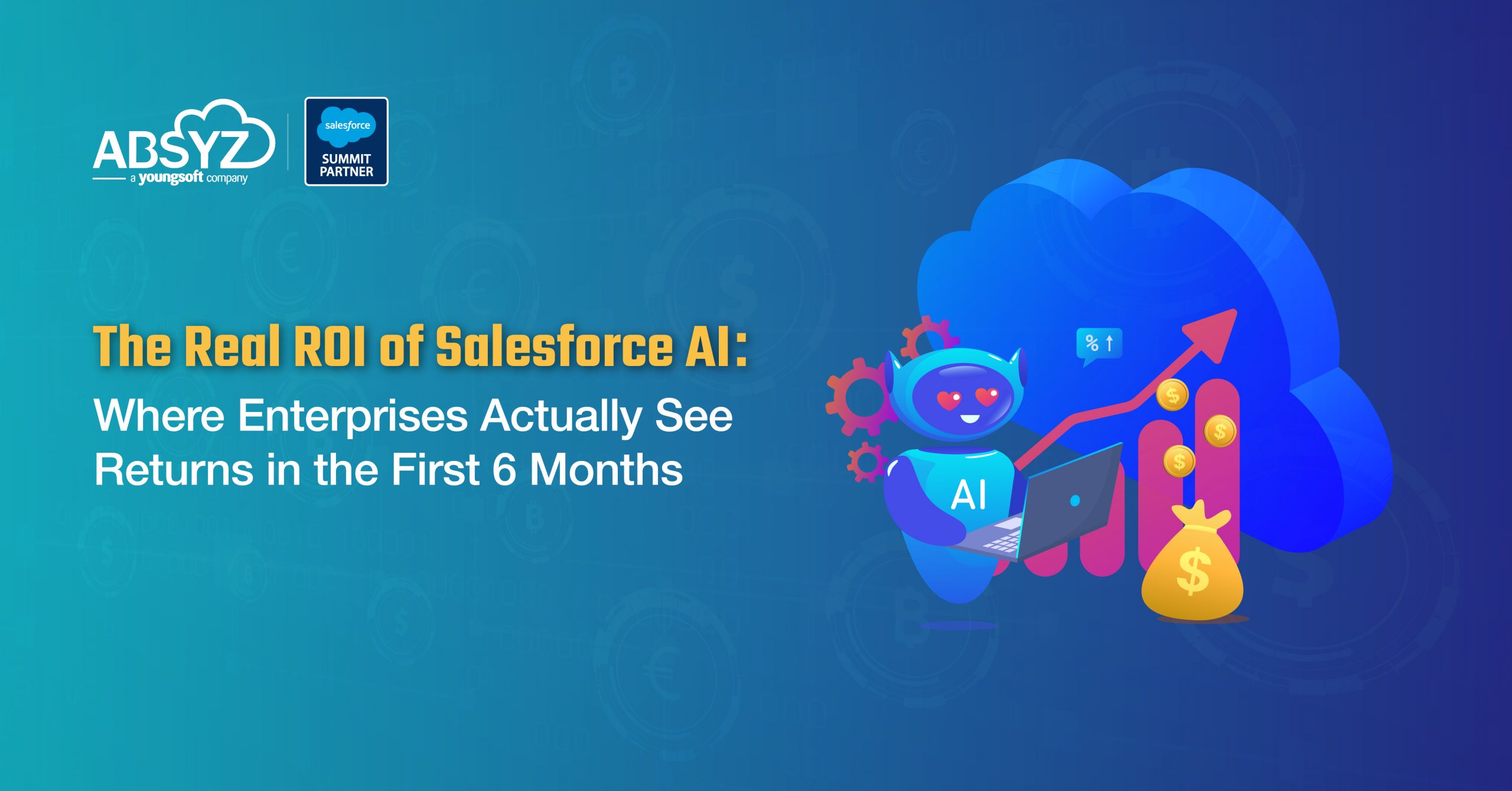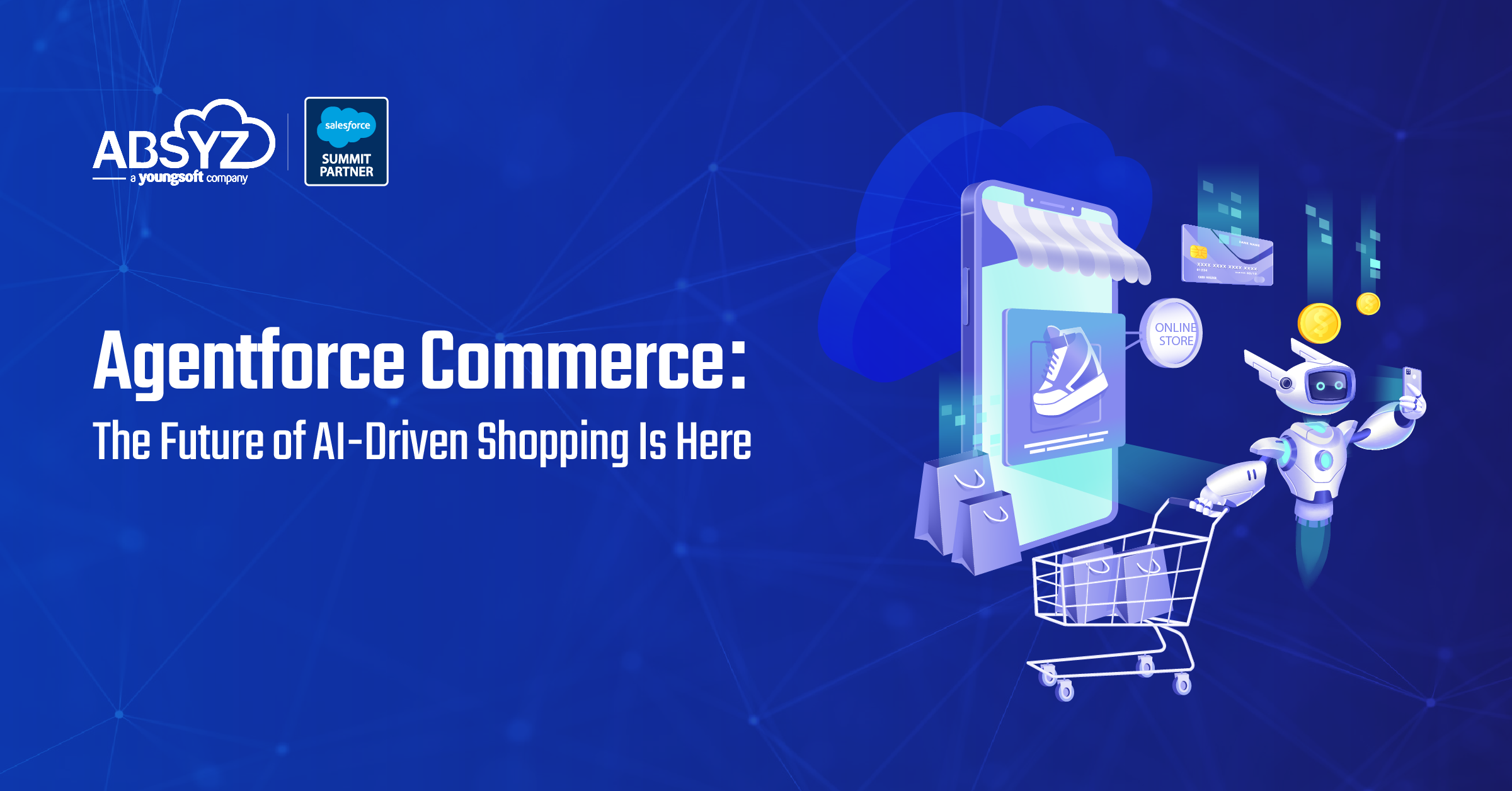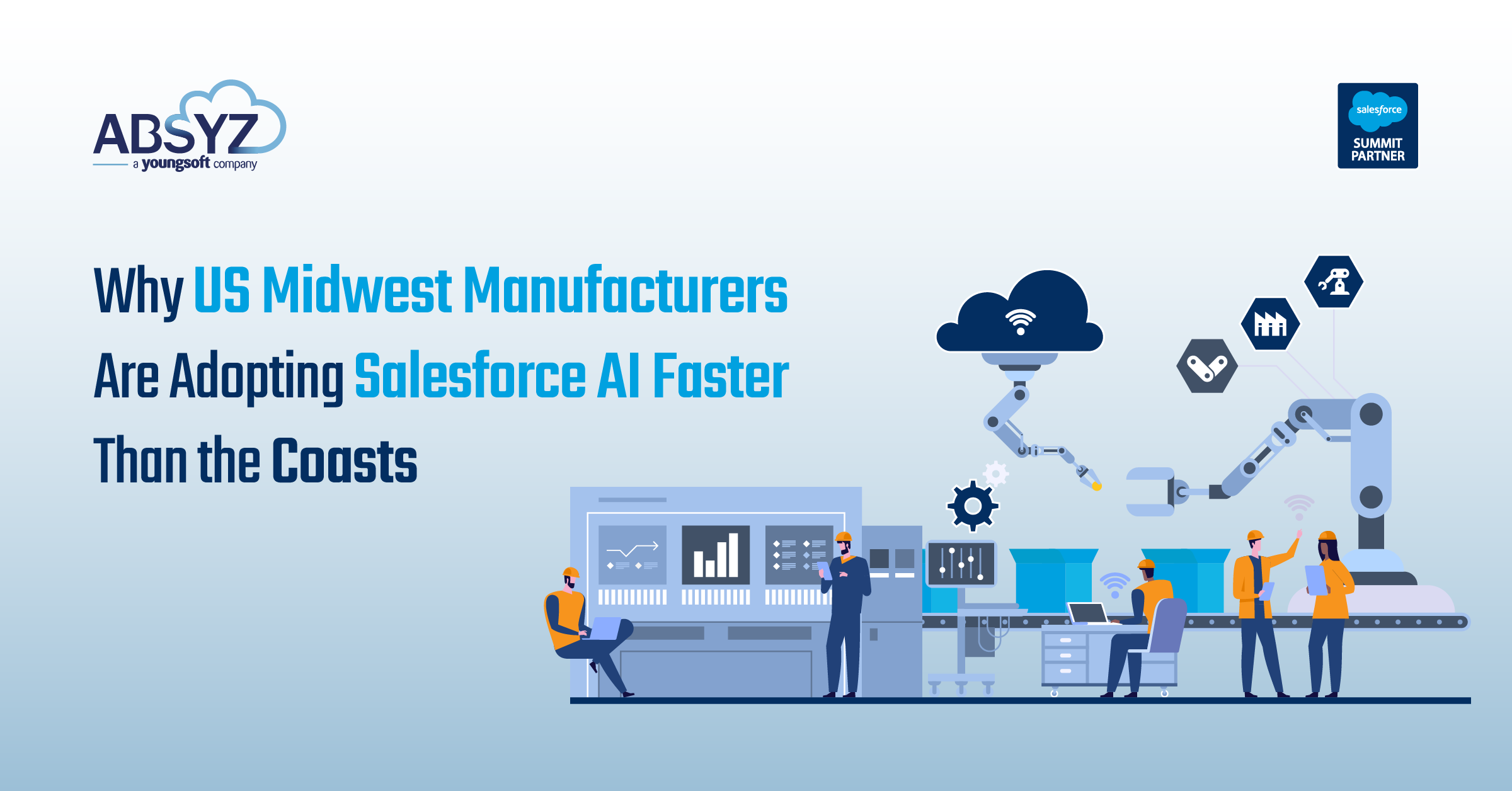Roll-up Summary is a feature of salesforce enabled only after having a master detail relationship between objects. Roll-up Summary is a feature where, It gives us the options of having SUM, MIN, MAX of a field in all the child records or COUNT the number or child records. This is stored as a field in the Master side Object of the two objects in a master detail relationship.
As Salesforce.com has limitations on almost everything available we have limits for Roll-up Summaries as well!! We can configure a maximum of 25 Rollup Summaries .The maximum number of master detail relationships on an object can be two.
To cater such rollup requirements we need to have a master detail relationship between objects . But we cannot just go ahead configuring a master detail relationship on a requirement just for the feature ROLLUP. There are several other features of master detail relationship to be kept in mind,
– The relationship field is required on all detail records.
– The ownership and sharing of a detail record are determined by the master record.
– When a user deletes the master record, all detail records are deleted.
Moreover, A standard object cannot be the child/detail in a Master-Detail relationship. An example is that you cannot create a Master-Detail relationship from the Asset object because the Asset cannot be the child in a Master-Detail relationship.
So, I came up with a trigger that can meet the functionalities available in a Rollup without having a Master Detail. All you need is a lookup relationship between the objects.
COUNT :
So let’s say you have a classroom object and a desk object. Where we have to count the number of desks in a classroom . We write a trigger after having a look up between them.
We basically get all the parent record with the count__c field and load them in a map. This works fine for insert, update and delete.
-When a child record is inserted, the count in the map is increased for the specified parent.
-When a child record is updated, three scenarios can happen:
- The lookup field is changed from one parent to another
- There is no value in the lookup field and is updated to a value
- The lookup value is nullified basically the parent is removed.
To meet all scenarios a code is written that works accordingly.
-When a child is deleted, the count is reduced in the map for the respective parent.
In the end the values in the map are updated to the database.
——————————————————————
[sourcecode language=”java”]
trigger deskMaster on Desk__c (after delete,after update, after insert, after undelete) {
list<classroom__c> ct = new list<classroom__c>();
set<id> classroomIDs = new set<id>();
if(trigger.isInsert){
for(Desk__c deskItem : Trigger.new){
classroomIDs.add(deskItem.Classroom__c);
}
}
else if(trigger.isDelete){
for(Desk__c deskItem : Trigger.old){
classroomIDs.add(deskItem.Classroom__c);
}
}
else if(trigger.isUnDelete){
for(Desk__c deskItem : Trigger.new){
classroomIDs.add(deskItem.Classroom__c);
}
}
else if(trigger.isUpdate){
for(Desk__c deskitem : trigger.new){
if(trigger.oldmap.get(deskitem.id).clasroom__c!=deskitem.classroom__c){
classroomIDs.add(deskItem.Classroom__c);
classroomIDs.add(trigger.oldmap.get(deskitem.id).classroom__c);
}
}
}
AggregateResult[] groupedResults = [SELECT COUNT(Id), classroom__c FROM desk__c where classroom__C IN :classroomIDs GROUP BY classroom__c ];
for(AggregateResult ar:groupedResults) {
Id custid = (ID)ar.get(‘classroom__c’);
Integer count = (INTEGER)ar.get(‘expr0’);
classroom__c cust1 = new classroom__c(Id=custid);
cust1.count__c = count;
ct.add(cust1);
}
update ct;
}
[/sourcecode]
——————————————————————
This can be edited according for the SUM, MIN, MAX functionalities. The structure will remain the same, you just have to change the logic inside.
Happy Coding!!

